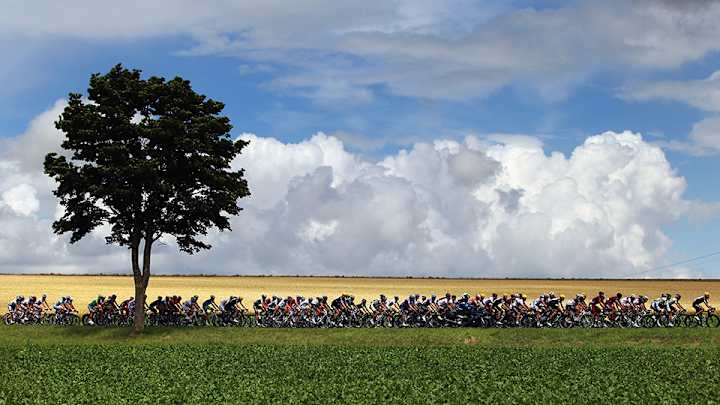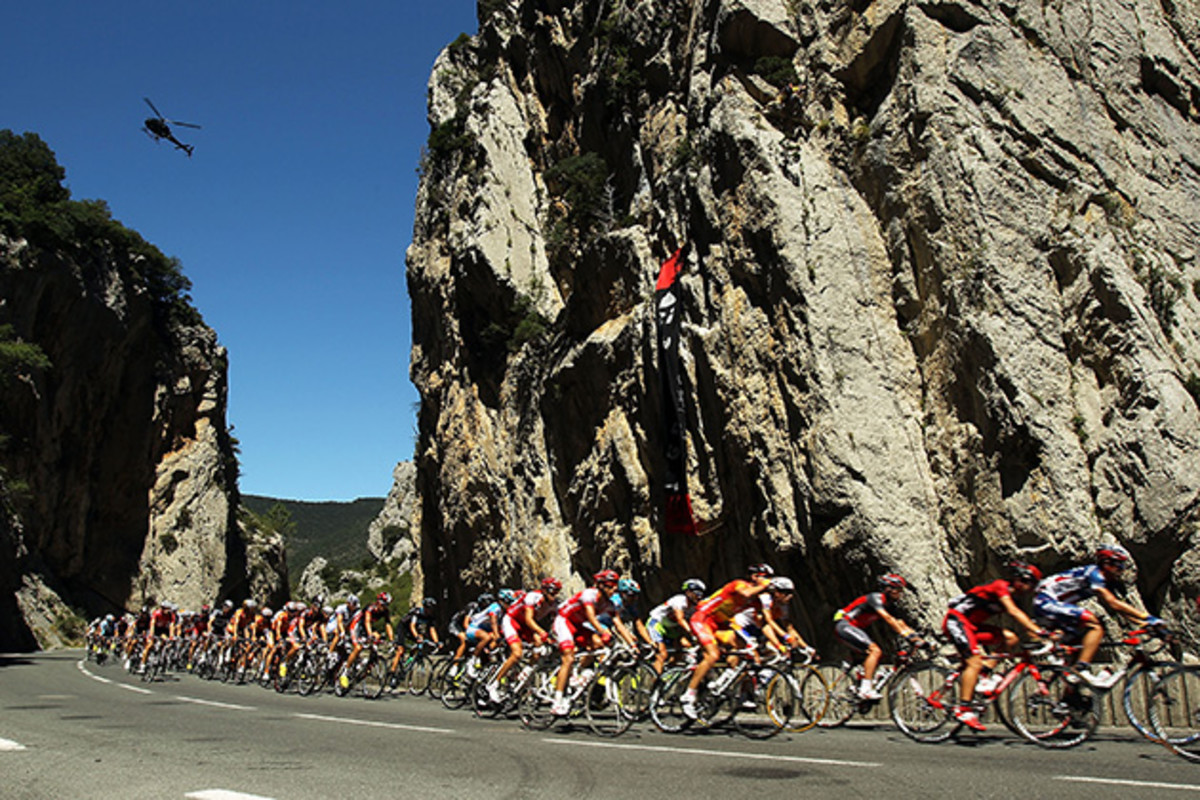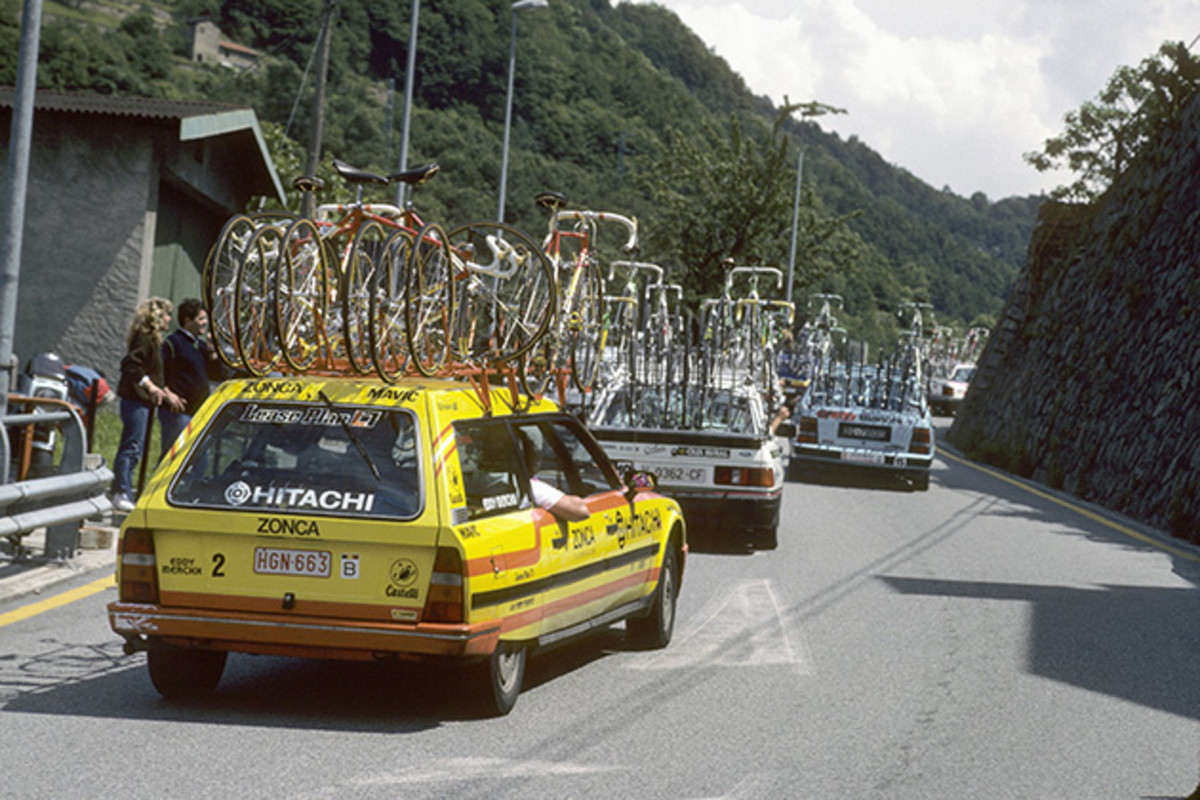Tour de Tech: Staging the World's Greatest Bike Race

The 101stTour de France, which begins on Saturday, covers a distance of 3,664 kilometers (2,277 miles), from the opening stage in England to the traditional finish in the heart of Paris. And making that epic journey—over the climbing and plunging Alpine roads, down narrow cobblestoned lanes and along those picturesque stretches through the sunflowers—will be far more than just a couple of hundred competitive cyclists.
Staging the Tour requires thousands of support personnel and hundreds of vehicles (not even counting the helicopters), and then there are the fans and the media, all swirling around the riders as they progress from stage to stage, 21 in all.
The stages—which aren’t a continuous route, obviously—are carefully selected to handle both the racing needs of varied terrain and altitudes, but also the technical needs of an event that reaches a worldwide television audience.

Says the Tour’s Sports Director, Thierry Gouvenou, “We always look for the best route possible, both from a sport and an aesthetic point of view, but we must also take into account a certain number of constraints.
“The arrival at any stage of Le Tour must, for example, be large enough to welcome, in good conditions, the 2,300 journalists who are covering the circuit and in particular the 100 TV and 70 radio stations in the technical area.” In total, about 4,000 folks travel with the Tour.
Can Chris Froome Repeat? Previewing the 2014 Tour de France
To accommodate the demands of the media, the Tour sets up 500 high-flow lines, five Wi-Fi networks, 87 mobile relays and 15 kilometers of cable. At each site. A team of 50 technicians oversees the work, arriving days in advance.
Once ready for riders, the course itself fills with technology, too, as each team is allowed two cars to ride along. (Teams generally send out a main car to help with strategy and instant-need mechanical fixes. The second car generally supports from behind to make sure that the team staff doesn’t get ahead of any team rider in need of repairs.) Then there are the team buses, which power ahead to set up at the next stage. Add in all the media cars and motorcycles, race official vehicles and other support staff, and the number of vehicles outnumbers the bicycles along the route.

Over the course of the Tour, riders will face nine flat stages, five hill stages, six mountain stages, one time-trial stage and two rest days, racing past about 24,000 police and gendarmerie officers and 12 million spectators before spilling into Paris on July 27.
Yes, the Tour is full of history and tradition (101 races will do that for you), but looking back on past editions only underscores just how spectacle-driven and high-tech the event has become, with helicopters hovering overhead, radios tuned to discuss strategy and technicians locking down Wi-Fi channels. Yet, as big as it has grown, in the end the Tour itself remains all about how those 200 riders—not any of the others—perform on those same picturesque roads.
Tim Newcomb covers stadiums, design and gear for Sports Illustrated. Follow him on Twitter at @tdnewcomb.
